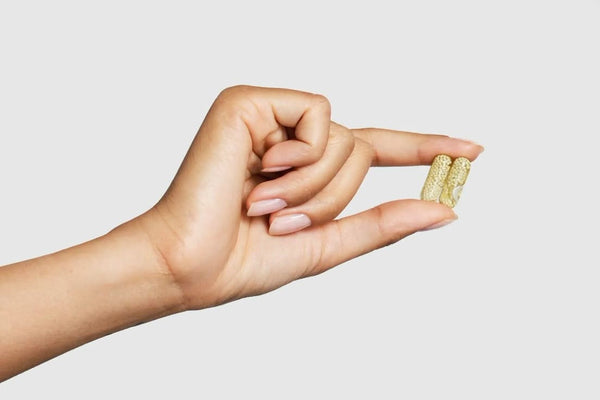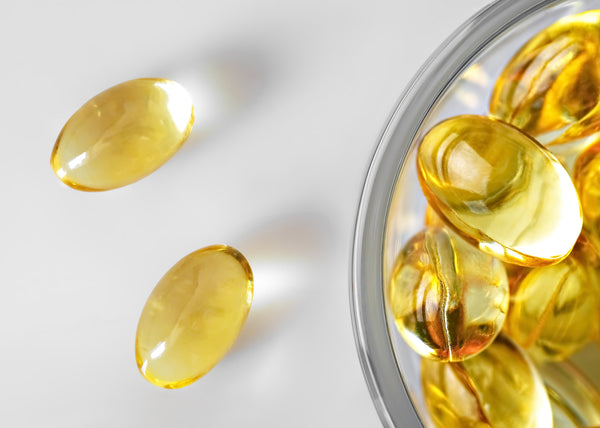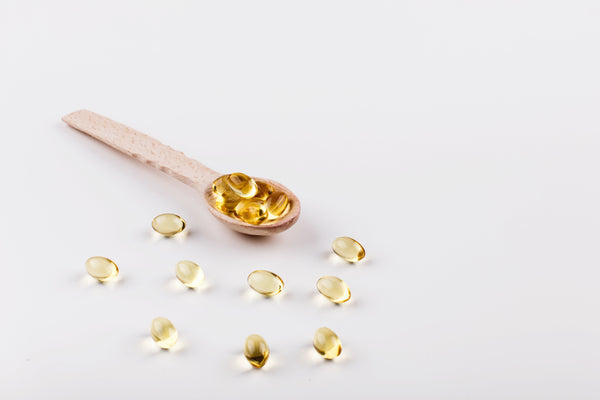As the name suggests, a paleolithic diet is based on the consumption of foods that were eaten during the paleolithic period or stone-age - which dates back to approximately 2.5 million to 10000 years ago. In this article, we look at the different things that a paleo diet comprises and how it is beneficial for us in the modern day.
What is a Paleo Diet?
A paleo or Paleolithic diet includes various fruits, vegetables, nuts, seeds, lean meats, and fish - usually foods that are procured via hunting and gathering. The Paleo diet essentially limits the consumption of foods that appeared after farming methods emerged - which is about 10000 years ago. These foods would contain pulses, legumes, grains, and more.
This diet is also known by other names such as the Stone Age Diet, Hunter-gatherer diet, or the caveman diet. This diet aims to consume foods that are more likely to have been eaten by early humans, the reasoning behind it being that the modern-day human diet doesn't align with our genetically defined human body.
When farming came into the picture, it changed the eating patterns drastically - there emerged new food groups like dairy, legumes, grains, and other staples. Researchers believe that this sudden change in people's diet made it difficult for the human body to adapt, resulting in problems such as obesity, diabetes, and heart diseases.

Paleo Diet - Meal Plan
There are a variety of food items that come under the paleo diet; it can either include a low-carb diet with animal foods or a high-carb diet with lots of plants. Below we discuss a general guide to a paleolithic diet.
Foods To Eat
There are various options under a paleo diet, contrary to what you may think -
- Fruits: Bananas, oranges, strawberries, apples, pears, and avocados.
- Vegetables: Tomatoes, carrots, onions, broccoli, kale, and peppers.
- Seafood: Shellfish, trout, salmon, shrimp, haddock, and more.
- Meat: Chicken, turkey, lamb, beef, and pork.
- Eggs: Go for free-range eggs or pastured or omega-three enriched ones.
- Tubers: Yams, potatoes, sweet potatoes, turnips, and more.
- Seeds & Nuts: Walnuts, hazelnuts, almonds, sunflower seeds, pumpkin seeds, and more.
- Oils: Coconut oil, avocado oil, extra virgin olive oil, among others.

You may also use salt and spices like garlic, rosemary, turmeric, and more to make your food more delicious. It would also be preferable to go for the less processed food under a paleolithic diet.
Foods To Avoid
There are a number of foods that researchers suggest to avoid if you are undertaking a paleo diet. These include the following.
- High-fructose corn syrup & sugar: This will also include fruit juices, soft drinks, candy, pastries, ice cream and more.
- Legumes & grains: Beans, lentils, breads, pasta, wheat, barley, rye, spelt, and more.
- Certain vegetable oils: Sunflower oil, soybean oil, corn oil, cottonseed oil, safflower oil, and more.
- Dairy: Ideally avoid most dairy.
- Trans fats: Usually found in various processed foods and margarine - it is often referred to as 'hydrogenated' or 'partially hydrogenated' oils.

In simple dietary terms, if anything appears to have been processed, labeled as diet or low-fat, contains additives, looks like it has been manufactured in a factory - then it should be avoided under a paleolithic diet. You can even check out ingredient lists for more details about the product that you are consuming.
A Paleo Menu
Below we have curated a menu to serve as an example under what and how foods can be arranged for consumption under the paleolithic diet. Let's take a look at it.
- Breakfast: Broiled fish and fruit.
- Lunch: Broiled pork and salad - carrot, cucumber, tomatoes, walnuts, lemon juice, and more.
- Dinner: Beef roast, steamed broccoli, and salad - avocado, onions, almonds, mixed greens, and more.

You can have fruits, carrot and celery sticks, nuts, beef jerky, hard boiled eggs, and almond butter for snacking purposes. A paleo diet also requires drinking lots of water and exercising for it to be beneficial for the body.
Modern Improvements To The Paleo Diet
While water should be your go-to beverage when it comes to hydration - you can also consume tea and coffee under the paleo diet. Tea and coffee, being rich in antioxidants, can provide your body with the essential compounds for energy and detox.
In the recent years, the paleo community has also come a long way, where they are letting in some modern foods into their diets, these include grass-fed butters, certain gluten-free grains such as rice, quality red wine that is filled with antioxidants, and dark chocolate - with 70% cocoa content, as it is highly nutritious for the body.
What is the Paleo Diet Outcome?
There have been a number of clinical trials on the efficacy of a paleo diet - where it is often also compared with the Mediterranean diet and the diabetes diet. According to these trials, the paleo diet may provide certain benefits to your body. These include:
- Weight loss
- Blood pressure control
- Better glucose tolerance
- Appetite management
- Lower cholesterol levels
However, more research on the benefits of a paleo diet are underway
References
- Paleolithic nutrition for metabolic syndrome: systematic review and meta-analysis1,2 (https://www.ncbi.nlm.nih.gov/pmc/articles/PMC4588744/)
- The Effect of the Paleolithic Diet vs. Healthy Diets on Glucose and Insulin Homeostasis: A Systematic Review and Meta-Analysis of Randomized Controlled Trials. Jamka M, Kulczyński B, Juruć A, Gramza-Michałowska A, Stokes CS, Walkowiak J. (https://pubmed.ncbi.nlm.nih.gov/31973038/)
- Paleolithic Diet - Hima J. Challa; Manav Bandlamudi; Kalyan R. Uppaluri (https://www.ncbi.nlm.nih.gov/books/NBK482457/)
- The Beneficial Effects of a Paleolithic Diet on Type 2 Diabetes and Other Risk Factors for Cardiovascular Disease - David C. Klonoff, M.D., FACP (https://www.ncbi.nlm.nih.gov/pmc/articles/PMC2787021/



























 DOWNLOAD NOW
DOWNLOAD NOW
